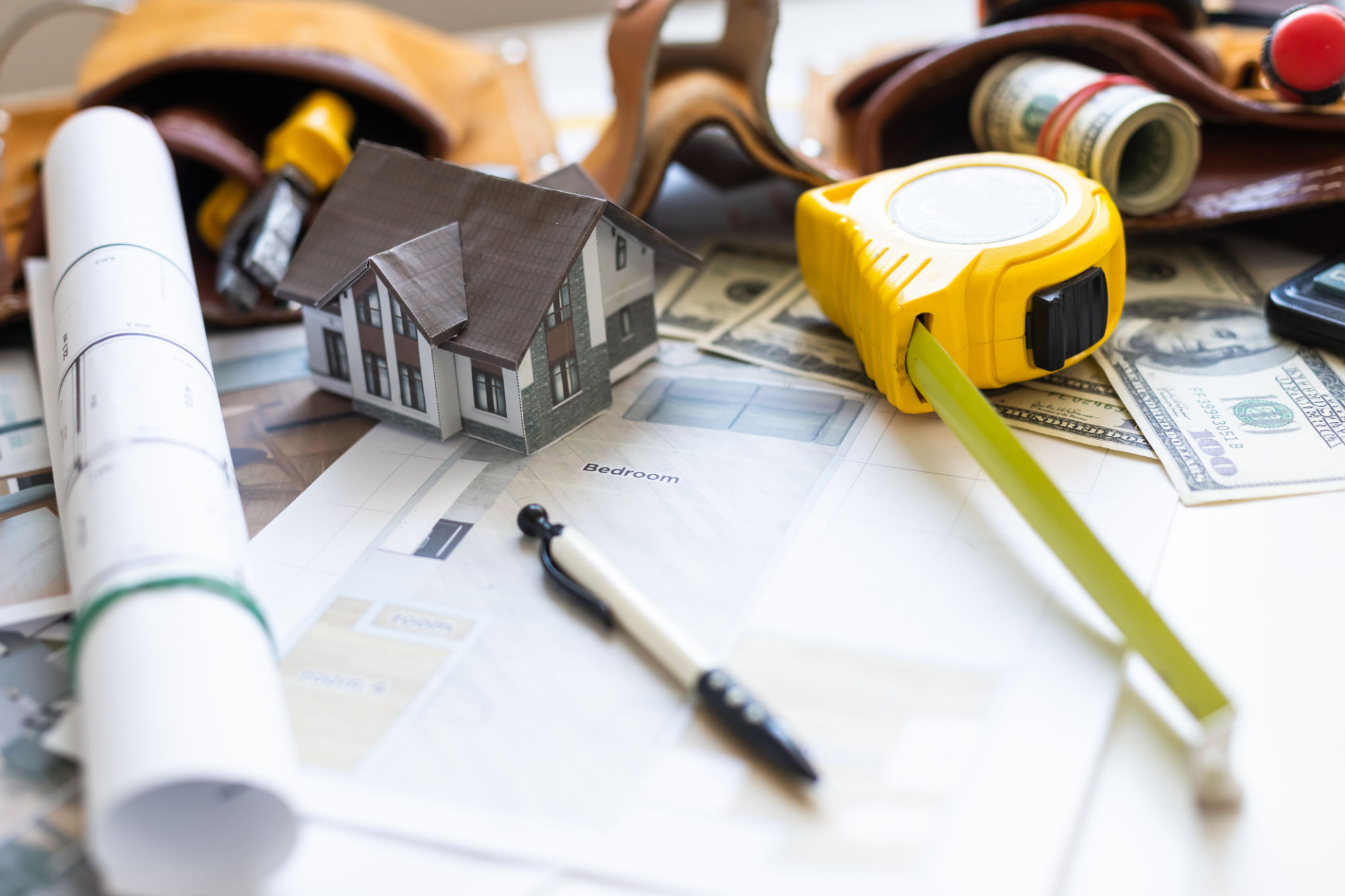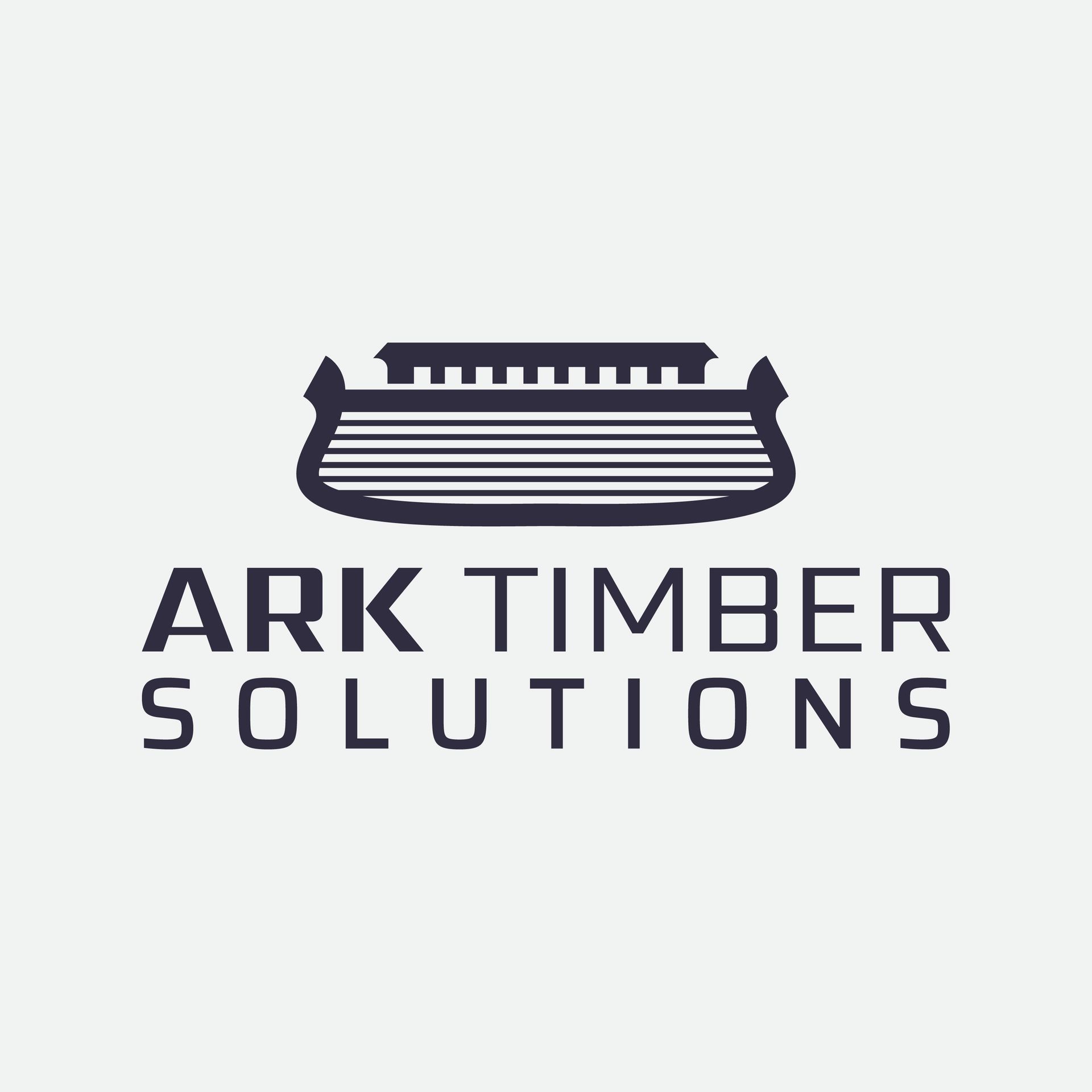Common Misconceptions About Timber Frame Extensions
Understanding Timber Frame Extensions
When considering home extensions, timber frames are often regarded with some skepticism due to various misconceptions. However, these structures offer numerous benefits, including sustainability, cost-effectiveness, and aesthetic appeal. Let’s explore some common misconceptions and uncover the truth about timber frame extensions.

Myth 1: Timber Frame Extensions Are Not Durable
A prevalent myth is that timber frame extensions are not as durable as their brick or concrete counterparts. In reality, timber has been used in construction for centuries and has proven to be a long-lasting building material. With proper treatment and maintenance, timber can withstand the elements and provide a robust structure that lasts for decades.
Modern timber treatments and construction techniques enhance the durability of these frames, offering resistance to pests, rot, and fire. Structural engineers often choose timber for its strength-to-weight ratio, making it an excellent choice for extensions.
Myth 2: Timber Frames Are Not Energy Efficient
Another misconception is that timber frame extensions lack energy efficiency. However, timber is an excellent insulator, which helps maintain a comfortable indoor climate year-round. The natural insulating properties of wood reduce heat transfer, thus minimizing the need for additional heating and cooling.

Moreover, timber frames allow for easier integration of additional insulation materials, further enhancing energy efficiency. This results in lower energy bills and a reduced carbon footprint, making timber frames an environmentally friendly choice.
Myth 3: Timber Frame Extensions Are Expensive
Some homeowners believe that timber frame extensions are costly compared to other building methods. While initial costs can vary based on design and materials, timber frames often lead to savings in the long run. The speed of construction with timber frames reduces labor costs significantly.
Furthermore, the energy efficiency of timber frame extensions can result in lower utility bills over time. These savings make timber frames a financially viable option for many homeowners looking to extend their living space.

Myth 4: Timber Frames Are Not Suitable for All Climates
Many assume that timber frame extensions are unsuitable for regions with extreme weather conditions. However, with appropriate design and materials, timber frames can thrive in diverse climates. The key is selecting the right type of wood and ensuring proper treatment and construction techniques.
In colder climates, timber frames can provide excellent insulation, while in warmer regions, they offer natural ventilation options. Consulting with experienced builders will ensure that your timber frame extension performs well in your specific environment.
The Benefits of Timber Frame Extensions
Despite these misconceptions, timber frame extensions continue to be an attractive option for homeowners. They offer a sustainable solution due to their renewable nature and low environmental impact. Additionally, the versatility in design and aesthetic appeal make them a popular choice for those seeking a unique and personalized extension.
By debunking these myths, homeowners can make informed decisions and consider timber frames as a viable option for their next home extension project. Embracing this construction method can lead to a beautiful, efficient, and durable addition to any home.
